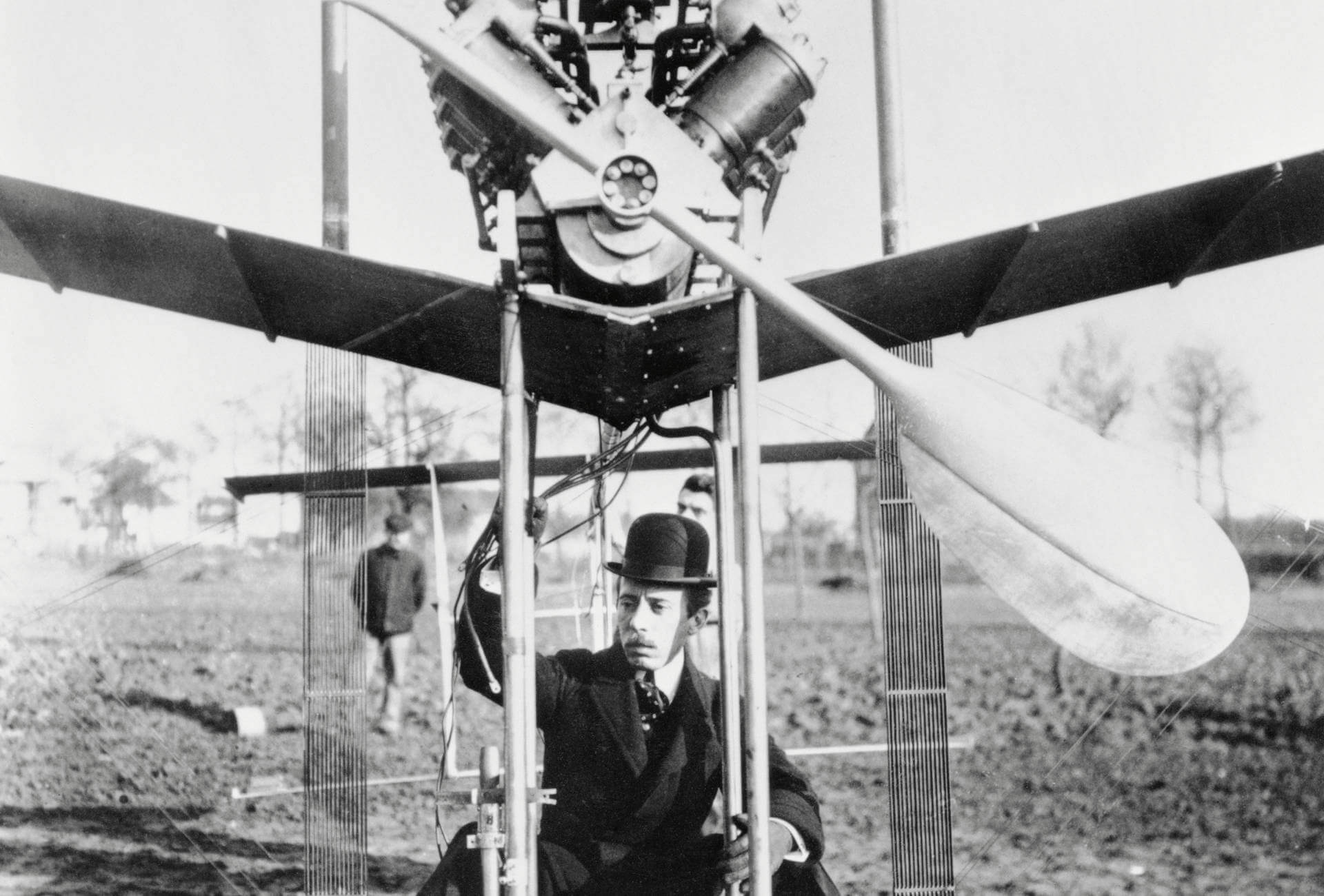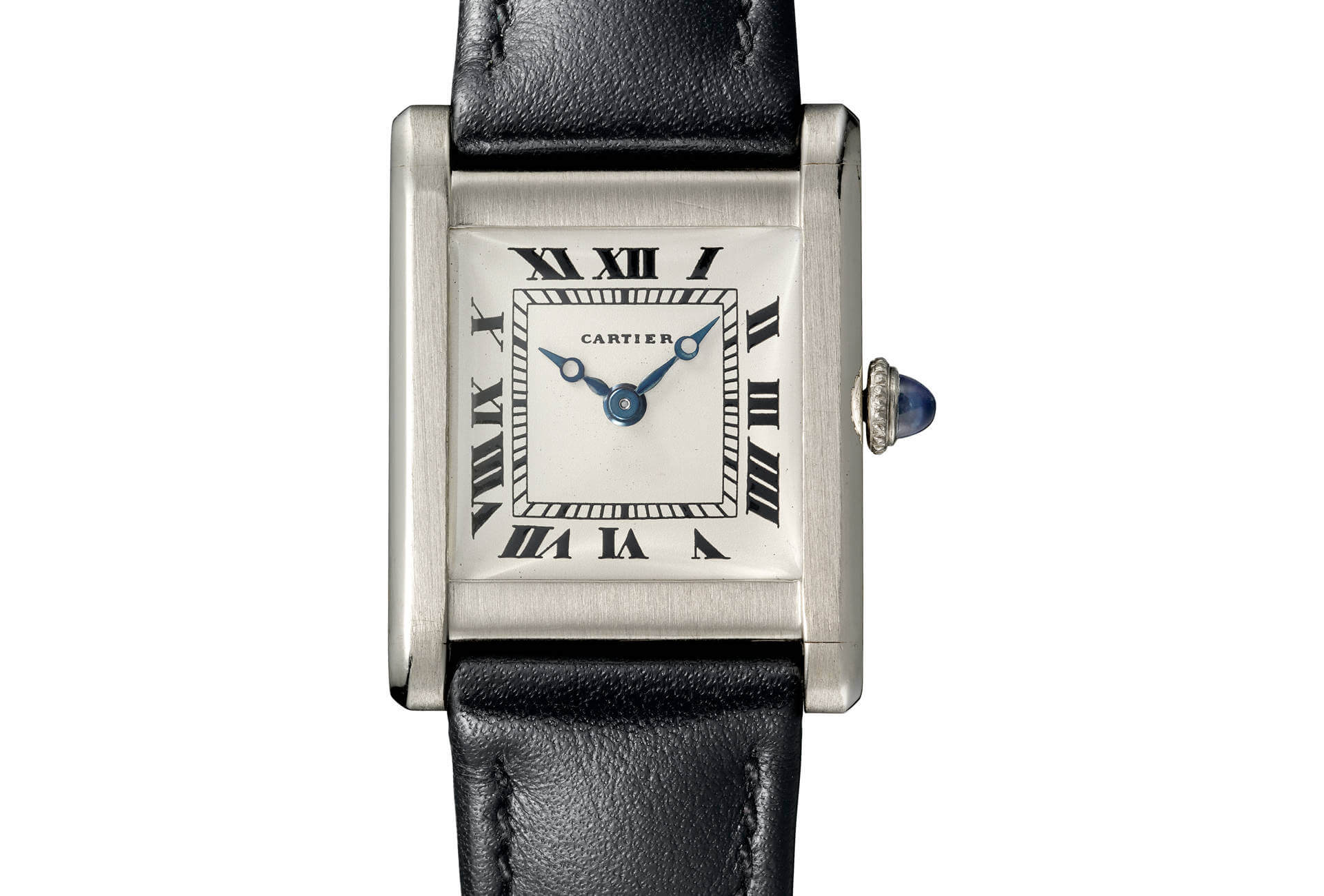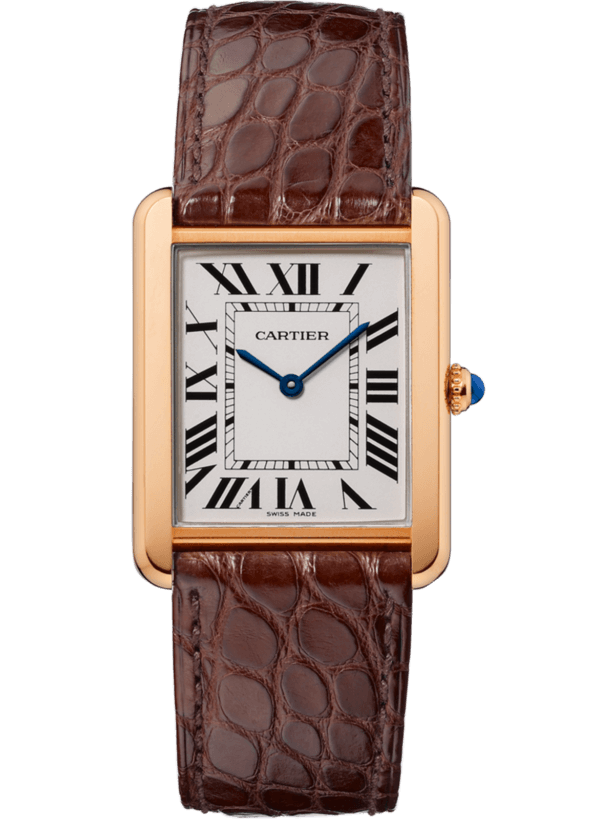On the face of it, Lord Norman Foster, the internationally renowned architect whose work includes The Gherkin in London, the Millau Viaduct and the future Apple Campus, had no reason to show more of an interest in Cartier than anyone else. Until, that is, a phone call from the French firm in early 2016, proposing that he curate an exhibition on Cartier watchmaking. The venue would be London’s Design Museum, which was in the process of moving to an iconic 1960s modernist building on Kensington High Street, remodelled by another leading architect, John Pawson. Not something Lord Foster had been expecting, but the almost two years he spent bringing the project to fruition plus repeated visits to Cartier’s manufacturing site in Switzerland suggest the idea struck a chord. Speaking at the preview of Cartier in Motion, which opened end May, he confessed to wondering why Cartier had thought of him for the project, explaining how “they went on to describe the connections that existed, at the turn of the twentieth century, between Cartier and aviation, one of my passions, and the parallels that could be made with the architecture and engineering of that period. It was a point of view that would show the watch from an entirely different perspective, as a product of engineering and design.”
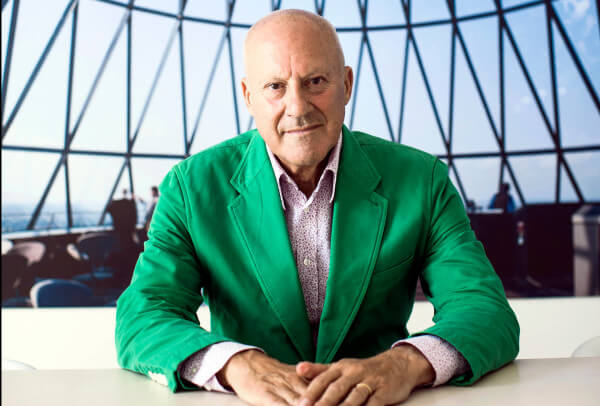
Three figures
It was this vision that Norman Foster set out to materialise in Cartier in Motion, taking advantage of the carte blanche he was given to orchestrate every last detail, down to the design of the display cases. Visitors are plunged into the French capital at one of its most exciting periods, marked by transformations in lifestyles, travel and artistic expression. Norman Foster has chosen three personalities as symbols of this era, a prelude to the modern age. First, Baron Georges-Eugène Haussmann (1809-1891), who was instructed by Napoleon III to bring space and light, beauty and unity to Paris. Haussmann’s vast programme of works are said to have transformed 60% of the city. His obsession with straight lines produced a landscape built around symmetry, rationality and precision; this new Paris was home to the Cartier brothers, the third generation at the head of the business that was now located on Rue de la Paix, just minutes from the Ritz, frequented by Louis Cartier (1875-1942).
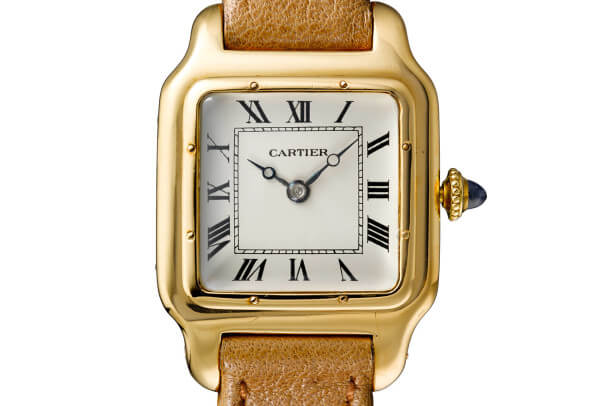
This was also the Paris of Gustave Eiffel (1832-1923) and the Tower he built for the 1889 Exposition Universelle. Eiffel’s monument took a little over two years to complete; at 324 metres high it was, for four decades, the tallest building in the world and a symbol of French engineering. Its popularity was such that the original plan to dismantle it after the exhibition was quickly shelved. The Tower was built to last. It was fitted out with a laboratory, a weather station and private apartments for Gustave Eiffel, from where he could well have watched Alberto Santos-Dumont (1873-1932), the exhibition’s third “figure”, fly his airship around the Tower to win the 100,000 francs which Henri Deutsch de la Meurthe had offered as a prize to the first machine that would complete the round trip between Parc de Saint-Cloud and the Eiffel Tower in less than 30 minutes. Whether Eiffel did witness the dapper Brazilian’s exploits isn’t known; we can, however, be certain that the aviator’s achievements made an impression on his friend and admirer Louis Cartier, in these early days of flight.
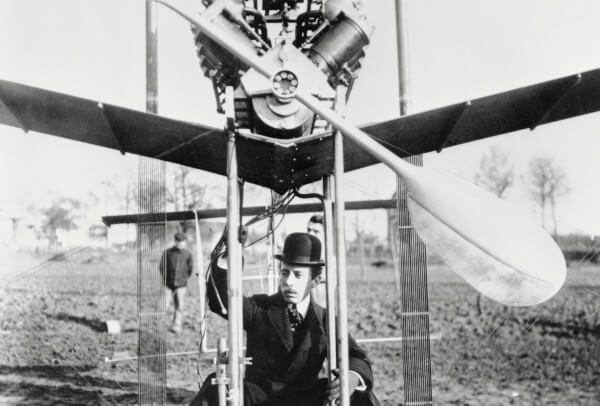
Timeless design
With the cast now assembled, the visitor can enter the exhibition, which will travel to other cities, and navigate between maps of late-nineteenth-century Paris, a giant scale model of the Eiffel Tower circled by Santos-Dumont’s airship, and a life-size replica of a Demoiselle, one of the bamboo, canvas and cable monoplanes built by the Brazilian pilot and which contributed to his renown. They cast an entirely new dimension over the timepieces that come further into the exhibition sequence. The Haussmannian sobriety of Cartier’s wristwatches leaps out. Wristwatches, it should be noted, that radically broke with the prevailing fashion to carry a watch in a waistcoat pocket. Like the daredevil aviators of his day, Louis Cartier showed a pioneering spirit when in 1904 he imagined the Santos, made specially for his high-flying friend who needed an instrument he could wear on his wrist. Other similarly-inspired pieces would follow, including the Tank in 1917, the only wristwatch that can boast an uninterrupted century of history, and whose design hasn’t aged a day. Not forgetting the “engines” inside these watches, no less a piece of first-class engineering. Indeed, from his very first wristwatches, Louis Cartier worked closely with Edmond Jaeger in Paris, who was himself in contact with Jacques-David LeCoultre’s manufacturing plant in Switzerland; a triple alliance that matched creative design with mechanical tours de force.
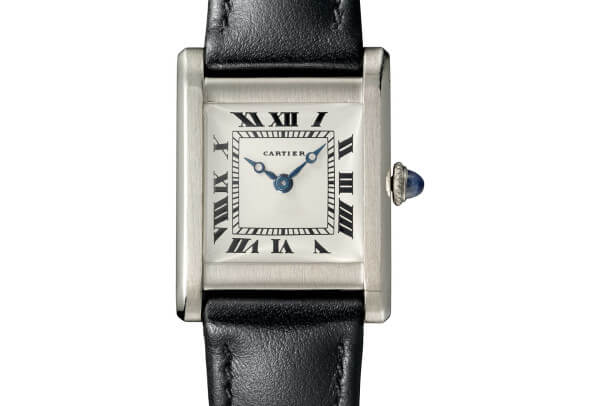
These were the foundations on which Cartier watchmaking grew throughout the twentieth century, and the exhibition brings to the fore, with immense clarity, the evolution in forms and techniques that came as new styles and collections were introduced. Celebrities too were won over by the charm of a Cartier watch, among them Catherine Deneuve and Andy Warhol whose portraits hang in the exhibition. This journey through time continues right up to the present day and the expertise that produced Cartier Haute Horlogerie. It too stands out for its immediately recognisable style and for breathtaking complications, made possible by avant-garde techniques. Engineering and design, aesthetics and mechanics: twin themes at Cartier deserving of an exhibition which illustrates how a successful design will last for ever.
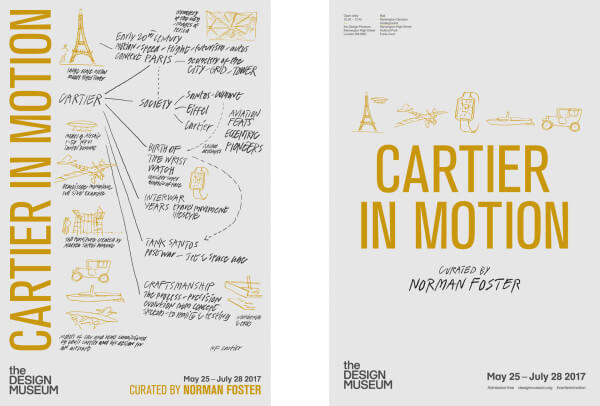
Design Museum, London
Until July 28th 2017
https://designmuseum.org/








